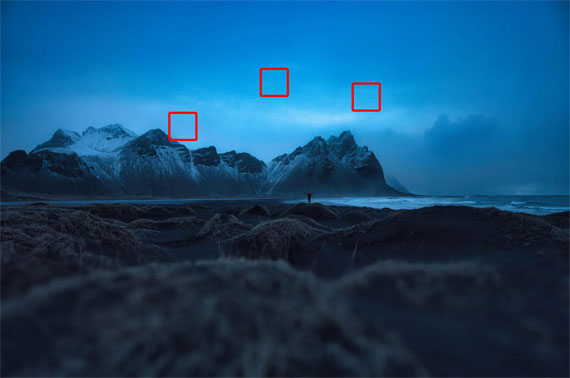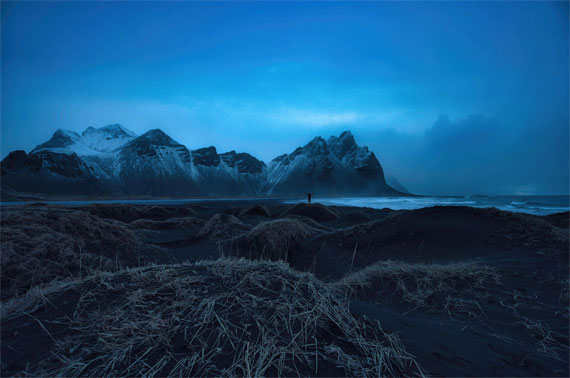Focus stacking is a technique used in photography to create images with a greater depth of field (DOF) by combining multiple images taken at different focus distances. This method is especially useful in macro photography, where a shallow DOF is common due to the close proximity of the subject.
Here is a step-by-step guide to capture photographs for focus stacking:
Camera settings: Set your camera to aperture priority or manual mode, and choose a small aperture (a high f-number) like f/8 or f/11 to maximize the DOF in each shot. Use the lowest ISO setting possible to minimize noise.
Stabilize the camera: Mount your camera on a tripod to ensure consistent framing and stability during the series of shots. If possible, use a remote shutter release to minimize camera shake when taking the photos.
Manual focus: Switch your lens to manual focus mode. This is important because you’ll need to change the focus point incrementally during the series of shots, and you don’t want the camera to autofocus and ruin the sequence.
Focus on the nearest point: Set your focus on the closest part of the subject that you want to be in focus. Take a test shot to ensure proper exposure and sharpness.
Capture the series of images: Begin taking photos while incrementally adjusting the focus point through the depth of the subject. Start from the nearest point and work your way towards the furthest point. Ensure that you have sufficient overlap in the focused areas between shots to make stacking more effective. The number of shots you’ll need depends on the subject’s depth and the DOF provided by your chosen aperture.
Import and stack in post-processing: Import your series of images into your preferred focus stacking software. Follow the software’s instructions to align and blend the images, creating a final composite image with an extended depth of field.
Some modern cameras come with built-in focus stacking assistance features, also known as focus bracketing or focus shift shooting. These features automate the process of capturing a series of images at different focus distances, which can later be combined in post-processing to create a single image with an extended depth of field.
Keep in mind that while the focus stacking assistance feature automates capturing the series of images, it usually does not stack the images in-camera. You’ll still need to use post-processing software to combine the shots.
Remember that practice makes perfect, and you may need to experiment with different settings and techniques to achieve the desired result.
Sale ending soon: Focus Stacking in Luminar Neo
Like This Article?
Don't Miss The Next One!
Join over 100,000 photographers of all experience levels who receive our free photography tips and articles to stay current:









Leave a Reply